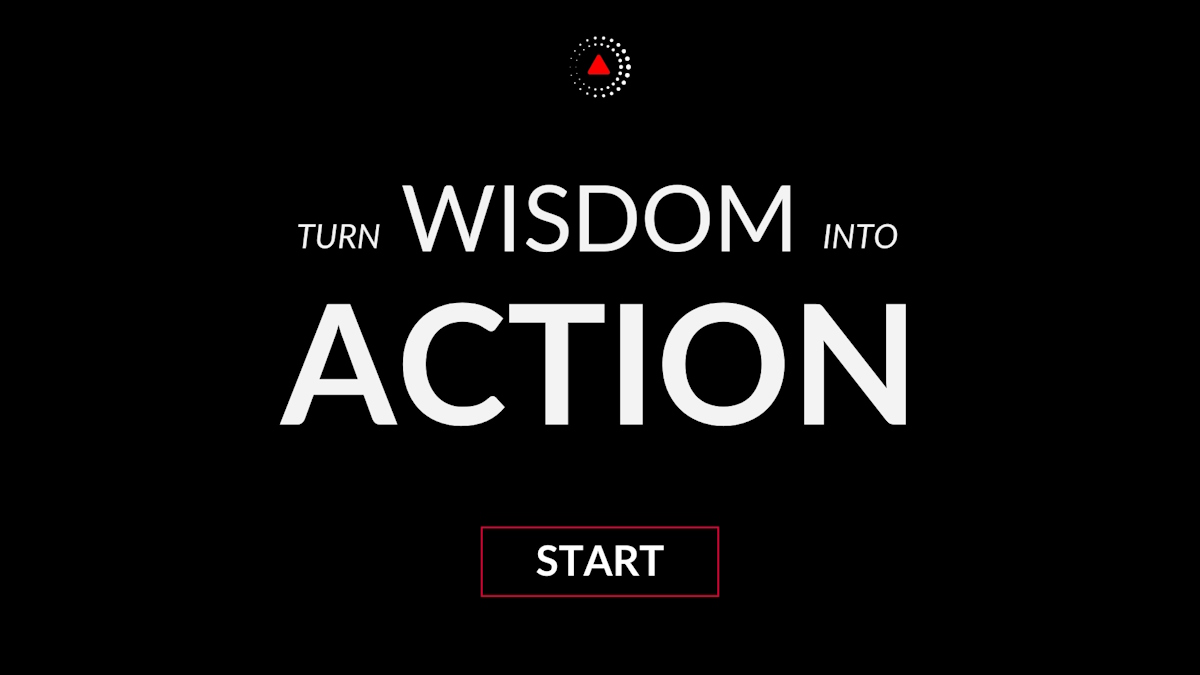I am the dream and the hope of the slave
What's the meaning of this quote?
Quote Meaning: The quote "I am the dream and the hope of the slave" resonates deeply with themes of resilience, empowerment, and the enduring quest for justice and equality. At its core, this statement encapsulates the profound aspirations and struggles of those who have been oppressed, marginalized, or enslaved throughout history.
To understand its meaning, we must first acknowledge the historical context of slavery and its enduring legacy of systemic injustice. Slavery, in its various forms, has deprived countless individuals of their basic rights, dignity, and freedom. It has inflicted generational trauma and profound suffering upon communities worldwide. Yet, amidst this darkness, there have always been voices of defiance, courage, and resilience.
"I am the dream and the hope of the slave" embodies the spirit of those who have dared to dream of a better future despite their current circumstances. It represents the unwavering hope that even in the face of oppression, injustice, and adversity, individuals can rise above their circumstances. It speaks to the belief that the dreams and aspirations of those who have suffered will not be extinguished—that their struggles will pave the way for a brighter tomorrow.
Moreover, this quote challenges us to recognize the inherent humanity and agency of those who have been historically oppressed. It emphasizes that each person, regardless of their background or history, carries within them the potential to transcend their circumstances and make a meaningful impact on the world. It serves as a reminder of the resilience of the human spirit and the transformative power of hope and determination.
Furthermore, "I am the dream and the hope of the slave" invites us to reflect on our shared responsibility to confront injustice and inequality. It calls upon individuals and societies to acknowledge and learn from the mistakes of the past, to strive for justice and equality for all, and to ensure that the dreams of those who have suffered are realized.
In essence, this quote is a testament to the enduring strength of the human spirit and the transformative power of hope. It encapsulates the aspirations of those who have been oppressed to overcome adversity and build a future where freedom, dignity, and justice prevail. It challenges us to uphold these ideals and to work towards a world where every individual can fulfill their dreams, free from the shackles of prejudice and injustice.
Who said the quote?
The quote "I am the dream and the hope of the slave" is often attributed to Maya Angelou (Bio / Quotes). Maya Angelou was an American poet, author, and civil rights activist who is best known for her memoir "I Know Why the Caged Bird Sings.
Is there a historical example that illustrates the message of the quote?
One poignant historical example that illustrates the message of the quote "I am the dream and the hope of the slave" can be found in the life of Harriet Tubman and the legacy of the Underground Railroad. Harriet Tubman, born into slavery in Maryland in the early 19th century, escaped to freedom in 1849. Rather than remaining in safety, she chose to risk her life by returning to the South repeatedly to rescue other enslaved people. Her courageous efforts led to the liberation of hundreds of slaves, making her a beacon of hope and a living testament to the dream of freedom that many enslaved individuals harbored.
Tubman's work was not just a personal quest for liberty; it was emblematic of a broader aspiration shared by countless slaves. The quote reflects how Tubman's life became a powerful symbol of the ultimate realization of the dreams and hopes of those who had endured the dehumanizing conditions of slavery. Her actions and sacrifices were a tangible manifestation of what many enslaved people envisioned as their ultimate freedom, making her a living embodiment of their dreams and aspirations.
How can the quote be applied in a real-life scenario?
In real-life scenarios, the quote "I am the dream and the hope of the slave" can be applied to understand how individuals can become symbols of broader aspirations and struggles. For instance, consider a contemporary leader who advocates for social justice or equity. This leader may become a figure who represents the dreams and hopes of marginalized communities striving for change.
Imagine a community activist who works tirelessly to improve conditions in an underprivileged neighborhood. Through their efforts, they embody the dreams of many residents who yearn for better opportunities, safer living conditions, and equitable treatment. Their work and dedication not only address immediate needs but also inspire hope and progress in line with the larger aspirations of the community. In this way, the activist becomes a living symbol of the collective dream for a more just and equitable society, much like how Harriet Tubman was a symbol of the hope and dreams of enslaved individuals seeking freedom.
The essence of the quote reminds us that individuals who take bold actions in the face of adversity can become embodiments of the aspirations and dreams of those who are striving for a better future. Their efforts make the abstract dreams of many into a tangible reality, highlighting the profound impact one person's dedication can have on the collective hope of a community.
Chief Editor
 Tal Gur is an author, founder, and impact-driven entrepreneur at heart. After trading his daily grind for a life of his own daring design, he spent a decade pursuing 100 major life goals around the globe. His journey and most recent book, The Art of Fully Living, has led him to found Elevate Society.
Tal Gur is an author, founder, and impact-driven entrepreneur at heart. After trading his daily grind for a life of his own daring design, he spent a decade pursuing 100 major life goals around the globe. His journey and most recent book, The Art of Fully Living, has led him to found Elevate Society.



















